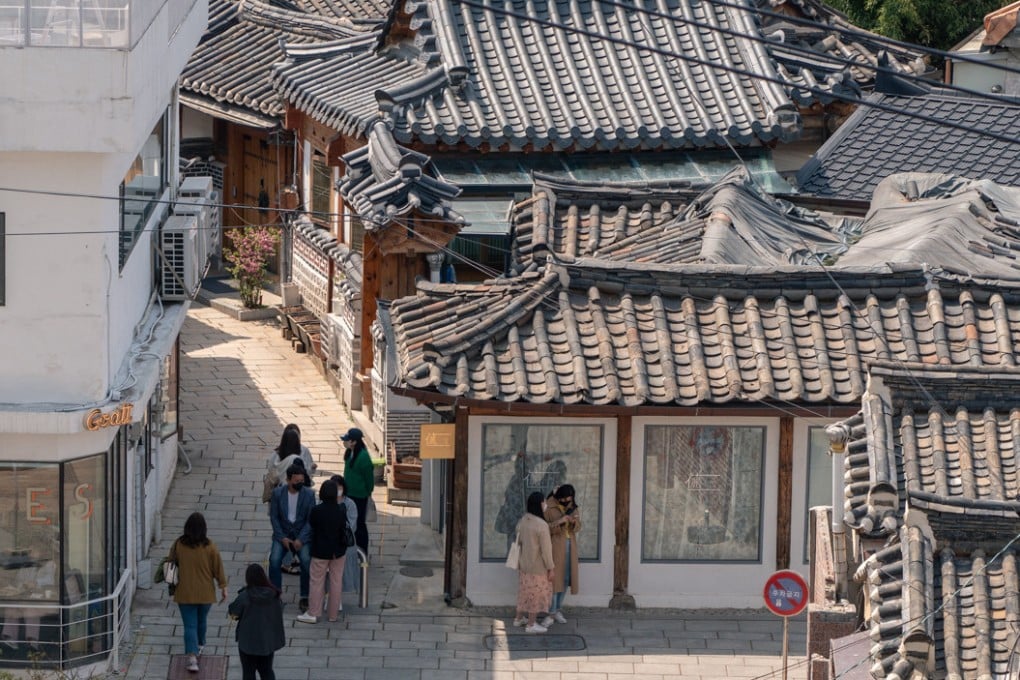The Seoul area that’s like a historical K-drama set: Seochon mixes traditional ‘hanok’ houses with hip shops and cool cafes
- Seochon, to the west of Gyeongbokgung Palace, is full of Instagram-worthy traditional ‘hanok’ buildings, some of which operate as guest houses
- But the neighbourhood is not stuck in time: creatives have revived the area with trendy shops, galleries, cafes and bars

I am quite lost, even though I’m using both Google Maps and the South Korean equivalent, KakaoMap, and have a paper map of Seochon in hand.
Still, this Seoul neighbourhood – fondly known as the West Village of the South Korean capital – is a picturesque place in which to wander, akin to having stepped onto a period K-drama set.
Seochon is to the west of the Gyeongbokgung Palace, the main seat of the Joseon dynasty (1392-1897) and where court officials and scholars lived as long as 500 years ago.

Much of the village’s weblike topography and an estimated 600 traditional hanok remain, but Seochon is by no means stuck in time. Creative types and entrepreneurs have revived the neighbourhood by setting up hip shops, stylish galleries, cool cafes and trendy bars to be discovered by serendipity – or pure doggedness.